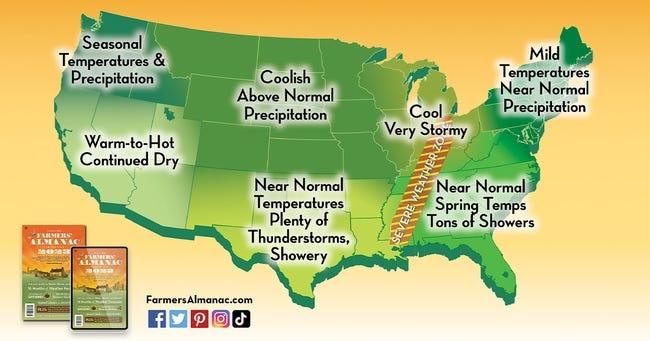As the relentless Arizona sun continues to scorch the landscape, residents and visitors alike find themselves longing for a respite from the blistering heat. With temperatures soaring to seemingly impractical heights, the question on everyone’s mind is: When will this inferno finally begin to subside? Meteorologists and climate experts have been closely monitoring the seasonal patterns, offering insights into the much-anticipated cooling trend that promises to bring relief to the sun-drenched state. Arizonans eagerly anticipate relief from the scorching desert heat, and meteorological experts offer insights into when temperatures might finally retreat. The state’s notorious summer climate keeps residents seeking refuge in air-conditioned spaces, but patterns suggest gradual cooling is on the horizon.
According to climate researchers, September typically marks the initial breakthrough in temperature moderation. Maricopa County can expect gradual declines, with daytime temperatures possibly dropping from triple digits to more manageable mid-90s by late September. Phoenix residents might experience the first substantive relief around the autumnal equinox.
Climatologists from the University of Arizona point to historical weather data indicating consistent temperature shifts. Elevation plays a critical role in cooling trajectories, with higher-altitude regions like Flagstaff experiencing earlier temperature reductions compared to Valley locations.
Nighttime temperatures will likely demonstrate the most immediate transformation. By early October, evening temperatures could dip into the 70s, providing welcome respite from summer’s relentless warmth. Desert microclimates contribute nuanced variations, meaning localized experiences might differ slightly from broader regional predictions.
Meteorological tracking suggests October represents a transitional month, with gradual temperature reductions becoming more pronounced. Mountainous and northern Arizona regions might see more rapid cooling compared to southern desert zones. Prescott and Flagstaff could experience cozy temperatures significantly earlier than Phoenix metropolitan areas.
Precipitation patterns also influence temperature moderation.Monsoon season’s conclusion typically correlates with cooling trends, allowing atmospheric conditions to stabilize. Weather models indicate potential rain events during September could accelerate temperature reductions.Long-range forecasts recommend residents prepare for incremental changes rather than sudden dramatic shifts. Layering clothing, maintaining hydration, and monitoring local weather reports remain essential strategies during this transitional period.
Climate change considerations introduce additional complexity to customary cooling predictions.Recent years have demonstrated increasingly unpredictable temperature patterns, challenging historical meteorological models.
Professional meteorologists emphasize patience and adaptability. While precise prediction remains challenging, current indicators suggest gradual cooling will commence in September, with more consistent comfortable temperatures emerging throughout October.
Residents should monitor local weather services, paying attention to nightly temperature forecasts and emerging atmospheric conditions.Subtle shifts will gradually transform Arizona’s landscape from intense summer heat to more moderate autumn temperatures, offering long-awaited relief to desert dwellers.



